Shopify Product Display Apps: ST: Inventory & Sold Count pro vs Cost Per Item

Table of Contents
- Introduction
- How Does ST: Inventory & Sold Count pro Work?
- How Does Cost Per Item Work?
- How Much Does ST: Inventory & Sold Count pro Cost?
- How Much Does Cost Per Item Cost?
- Cost Analysis: ST: Inventory & Sold Count pro vs. Cost Per Item
- User Reviews & Customer Support Insights
- Integration and Compatibility Comparison
- Conclusion
Introduction
In the vibrant world of e-commerce, product display plays a crucial role in attracting customers and driving sales. According to studies, compelling product displays can increase conversion rates by up to 30%. This underscores the significance of utilizing effective product display apps that enhance customer engagement and streamline their purchasing journey.Today, we will dive into two notable Shopify apps: ST: Inventory & Sold Count pro and Cost Per Item. While both apps aim to optimize product display, they differ in capabilities, integrations, and overall user experience. ST: Inventory & Sold Count pro focuses on creating urgency and trust through stock and sold counters, while Cost Per Item simplifies pricing transparency by showcasing product margins. Let’s explore these solutions in depth to see how they can enhance your e-commerce experience.
How Does ST: Inventory & Sold Count pro Work?
**ST: Inventory & Sold Count pro** is designed to boost sales by enhancing product visibility and urgency. It effectively displays live inventory and sold counts directly on your product and collections pages, encouraging customers to make quicker purchasing decisions.Setup: The app can be easily integrated into Shopify stores, allowing merchants to personalize the display counters to align with their store's aesthetic.
Key Features:
-
Stock Countdown Data Integration: The stock countdown feature pulls real-time data from the store's inventory. This ensures that customers know exactly how many items are left, fostering a sense of urgency and encouraging immediate purchases.
-
Automated Sold Counter: The sold counter provides dynamic updates based on orders, showing potential buyers the popularity of a product. This could significantly sway purchasing decisions as customers perceive value in popular items.
-
Customization Options: The app offers high customizability, allowing stores to adjust the display of counters to match the overall theme of their website. This ensures that the product display remains aesthetic and coherent.
-
Analytics Dashboard: Users can monitor detailed analytics regarding views, orders, and conversion rates for each product, enabling them to make informed decisions based on performance data.
The features of ST: Inventory & Sold Count pro are particularly relevant for businesses of various scales. Startups can benefit from the free starter plan, which allows them to test the waters without any financial burden. Small to medium businesses can leverage the premium plan, enhancing their product visibility effectively. Larger enterprises can enjoy unlimited products and collections, ensuring that they maintain consumer engagement across an extensive inventory.
Hypothetical scenarios illustrate the app’s advantages. For example, a small boutique may offer limited stock items. By showcasing low stock alerts and sold counts, they can create urgency during peak shopping periods. Conversely, a large retail store can use the analytics dashboard to identify best-selling products, enabling them to tailor marketing strategies accordingly.
How Does Cost Per Item Work?
**Cost Per Item** takes a different approach as it centers around transparency in pricing. This app displays the cost and profit margin for products, allowing consumers to better understand the value they are receiving.Overview:
- Setup: The setup process is user-friendly, enabling merchants to apply settings across all products in their store with ease.
Key Features:
-
Cost and Margin Display: The main feature allows businesses to display both the raw cost of products and the profit margin. This transparency can build trust with customers, as they understand what they are paying for.
-
Customization Options: Merchants have the ability to hide or show cost and margin details, giving them flexibility in how they communicate product value.
These features cater to businesses of all sizes as well. Startups may find value in establishing trust with consumers from the get-go, while established businesses can leverage this transparency to justify pricing strategies and potentially reduce customer inquiry about pricing discrepancies.
While Cost Per Item is valuable for pricing transparency, its offering is more limited compared to ST: Inventory & Sold Count pro. It lacks functionalities that drive urgency and customer engagement beyond pricing.
How Much Does ST: Inventory & Sold Count pro Cost?
In the realm of product display, cost-effective solutions can greatly influence your pricing strategy and profit margins. ST: Inventory & Sold Count pro offers two tiers which provide escalating features to meet varying business needs.-
Starter Plan (Free):
- Price: $0
- Features: Ideal for stores with less than 15 products, this plan provides unlimited stock and sold counters, a low stock alert system, and support via live chat.
- Limitations: Limited to stores with fewer products.
- Target Audience: Perfect for startups looking to test product display enhancements without financial commitment.
-
Premium Plan ($4.99/month):
- Price: $4.99
- Features: This plan includes unlimited products and collections, stock and sold counters, advanced customization options, and ongoing live chat support.
- Limitations: None specified; geared towards growing businesses needing more robust features.
- Target Audience: Small to medium businesses looking to optimize their product engagements.
The pricing strategy of ST: Inventory & Sold Count pro is quite appealing. It offers beginners a way to enhance their shop without investment while providing sufficient features for businesses that require more extensive product displays.
“It is important to note that you can always reach out to our team and we can create a custom pricing plan to suit your needs and your budget. Schedule a call via this link and we’ll come up with the best solution for you and your business.”
How Much Does Cost Per Item Cost?
Cost-effective solutions in product display can be a game changer for e-commerce businesses, particularly when conveying product value to customers.-
Premium Plan ($1.99/month):
- Price: $1.99
- Features: Unlimited products, cost per item display, and margin showcasing create a simplistic, clear approach to pricing transparency.
- Limitations: It lacks advanced features seen in other solutions, which could restrict its effectiveness in driving engagement.
- Target Audience: Startups and small businesses that focus on building customer trust through transparency.
While this app provides a low-cost entry point for those looking to clarify product pricing and margins, it may not fulfill the engagement and urgency-driven needs of more complex businesses.
Cost Analysis: ST: Inventory & Sold Count pro vs. Cost Per Item
When we compare the pricing of both apps, ST: Inventory & Sold Count pro offers a more expansive value proposition.- The Starter Plan for ST: Inventory & Sold Count pro is entirely free, allowing users to explore the functionality risk-free.
- At $4.99/month, the Premium Plan provides robust features designed to enhance customer experience, attracting more engagement and potential sales compared to Cost Per Item's limited offering at $1.99/month.
Given these aspects, ST: Inventory & Sold Count pro stands out in terms of overall value, especially for businesses intending to scale their product displays effectively.
User Reviews & Customer Support Insights
Is ST: Inventory & Sold Count pro good?
ST: Inventory & Sold Count pro has garnered a solid reputation, reflected in its impressive five-star rating from 64 reviews. Users appreciate the intuitive interface and its effectiveness in making product counters visible, which in turn fosters urgency in buyers. With live chat support included, merchants find that they can get quick help whenever needed, enhancing overall customer service experience.Is Cost Per Item good?
Cost Per Item has also received a top rating of five stars but only from one review. This could indicate limited exposure or usage, making it difficult to ascertain nuanced opinions. Nevertheless, the user likely appreciates its simplicity and no-frills approach to displaying cost and margins. However, the potential critique may involve the app's lack of advanced features to drive customer urgency or engagement. The absence of substantial reviews may leave prospective users hesitant about its long-term effectiveness.Customer support plays a critical role in user satisfaction. Though Cost Per Item does not specify support features in its description, effective customer service is always a significant factor influencing ratings and could be a missing aspect in feedback.
User Preference: ST: Inventory & Sold Count pro or Cost Per Item?
Comparing the average ratings reveals that ST: Inventory & Sold Count pro is clearly more favored among users. With a more extensive number of reviews, it indicates a higher level of satisfaction and credibility.The difference in ratings can be attributed to the variety and depth of features offered by ST: Inventory & Sold Count pro, which include valuable tools for urgency creation and real-time data integration, elements that are essential for driving sales in e-commerce.
Integration and Compatibility Comparison
ST: Inventory & Sold Count pro Integrations
Although the app does not specify any existing integrations, it can seamlessly function within Shopify environments, providing merchants with easy access to critical inventory data from their stores.Cost Per Item Integrations:
Cost Per Item, likewise, does not list specific integrations but provides an easy setup process, allowing merchants to apply its functionalities effortlessly across their products.The lack of specified integrations for both apps may limit their functionalities compared to solutions that offer comprehensive third-party compatibility, but each can reliably support businesses focusing solely on product display.
Conclusion
Both ST: Inventory & Sold Count pro and Cost Per Item provide valuable solutions for enhancing product displays on Shopify. However, ST: Inventory & Sold Count pro stands out with its more extensive feature set aimed at elevating customer engagement and urgency. Given its impressive reputation with a five-star rating from a growing number of reviews, it represents a robust choice for businesses at any stage.With its user-friendly design, comprehensive features, and competitive pricing options, ST: Inventory & Sold Count pro proves to be a superior solution for many e-commerce businesses.
Still Searching for the Perfect Customization Solution?
Stop searching and start thriving with Accentuate Custom Fields! This powerful metafield management app supercharges Shopify’s native features, giving you the tools to create a truly personalized customer experience.
Why Choose Accentuate Custom Fields?
- Advanced Customization: Unlimited field definitions, logical grouping, and custom layouts make your store one-of-a-kind.
- Enhanced Editor Experience: Effortlessly edit variant metafields, use advanced HTML and markdown editors, and sync field definitions between stores.
- Flexible Management: Import/export capabilities, automatic tagging, and comprehensive support for Metaobjects and versioning.
- 24/7 Support: If you have any questions or need assistance, our team is available around the clock to help with any custom modifications to suit your store.
Join over 12,000 merchants, including top Shopify Plus stores, who trust Accentuate for their customization needs. With a stellar 4.9-star rating, Accentuate is the go-to tool for advanced CMS needs, offering unmatched flexibility and control over your store’s content. Elevate your Shopify store with high-quality content that boosts customer experiences and conversions. Tell your story, showcase your products, and create an engaging customer journey with ease.
Experience the Accentuate difference and watch your Shopify store thrive!
Accentuate vs Competition
Explore how Accentuate Custom Fields stands out. Whether you’re aiming to customise your storefront, streamline operations or improve content management, see how we compare against the competition

Shopify Product Display Apps: FeatureFrame ‑ Pretty Product vs. AI SEO: Top Product Features

Shopify Product Display Apps: Metadrob: Create Virtual Store vs シンプルクラウドファンディング|お手軽自社クラファン
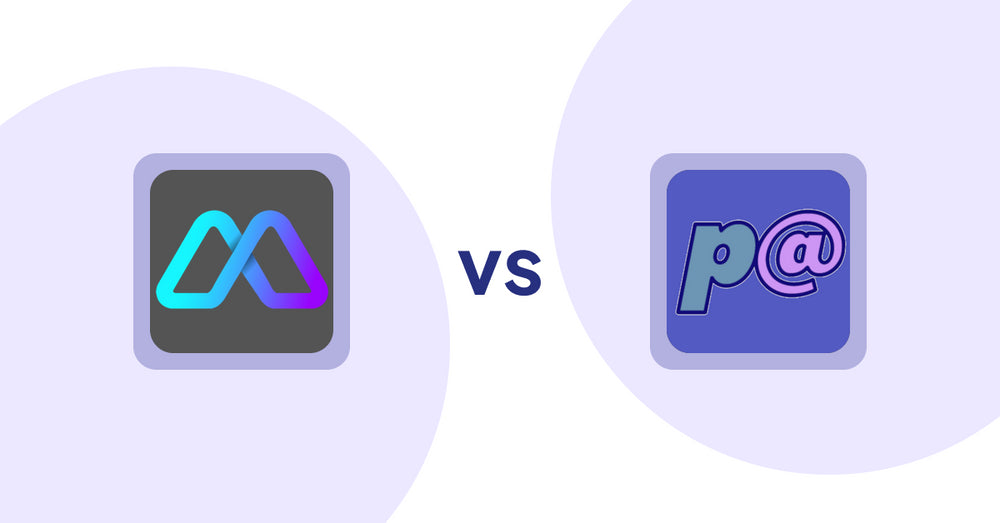
Shopify Product Display Apps: Metadrob: Create Virtual Store vs Parameterizer

Shopify Product Display Apps: Bike Matrix vs. Fast View: Fastest Quick View
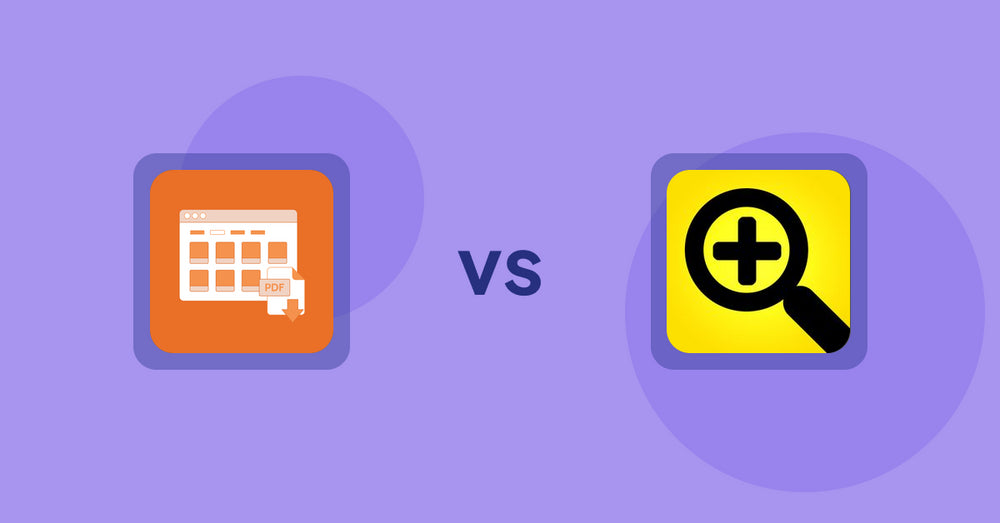
Shopify Product Display Apps: Meetanshi PDF Product Catalog vs Fast View: Fastest Quick View

Shopify Product Display Apps: UR: Smart Ranking vs Sortyfi Collection Merchandise

Shopify Product Display Apps: UR: Smart Ranking vs PDP Star
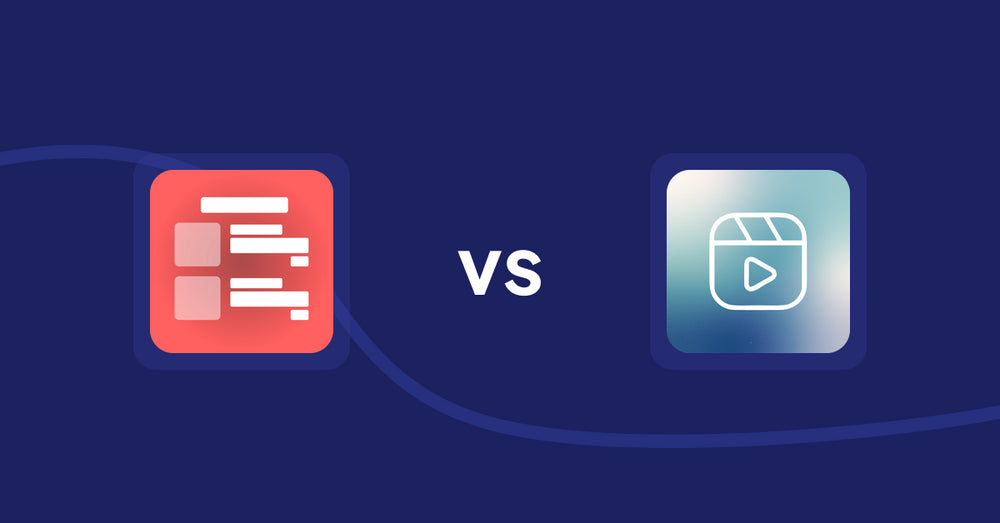
Shopify Product Display Apps: Menulog vs Reelify ‑ Shoppable Reel Video

Shopify Product Display Apps: H3 Estimated Delivery vs Findify Search & Merchandise

Shopify Product Display Apps: Wordo ‑ ChatGPT AI Description vs Urgency! Low Stock Counter
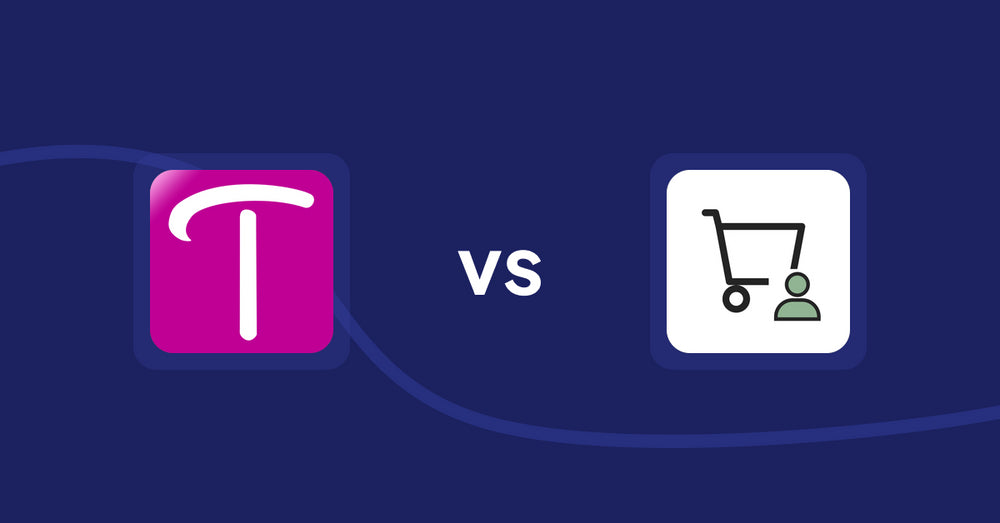
Shopify Product Display Apps: WS Transparency vs シンプル会員注文割引|お手軽ログインセール設定
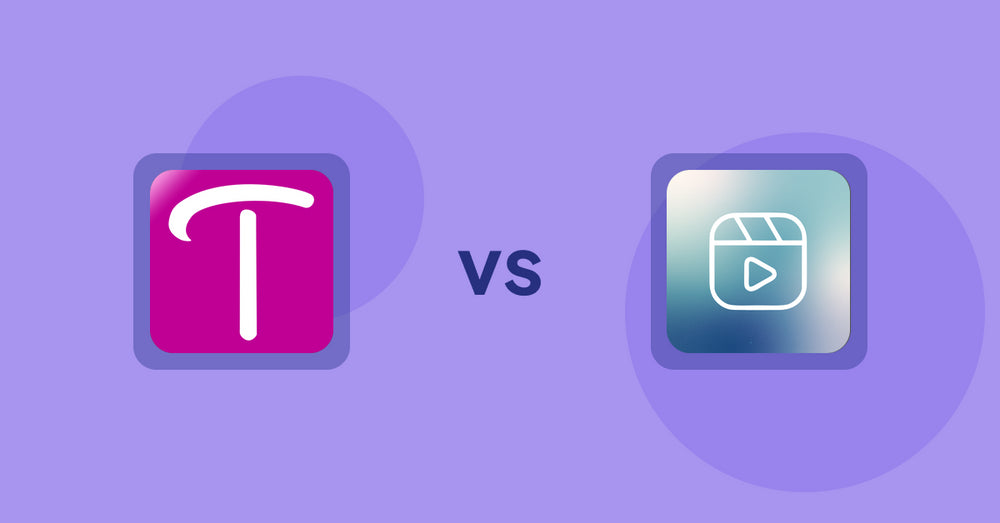
Shopify Product Display Apps: WS Transparency vs Reelify ‑ Shoppable Reel Video
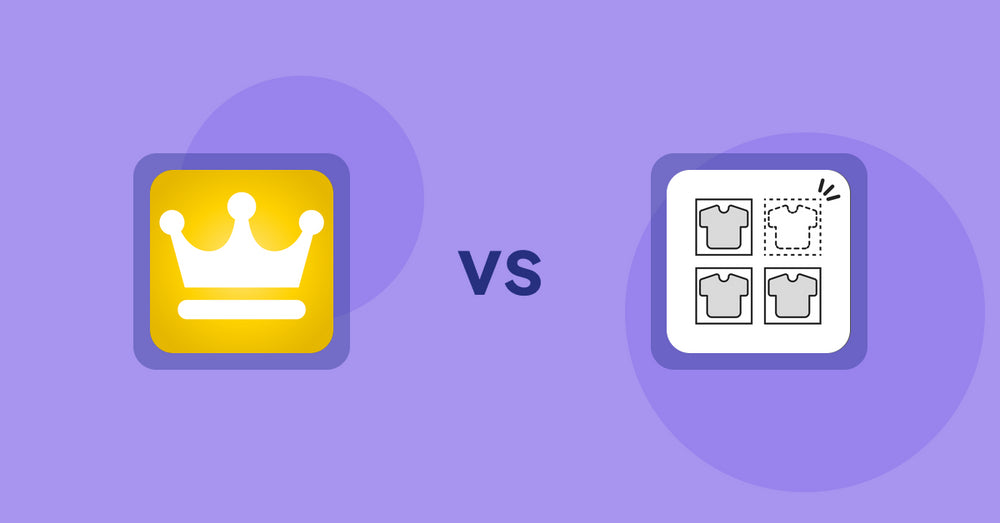
Shopify Product Display Apps: Awesome Ranking vs シンプル売り切れ非表示|在庫切れ商品の表示変更

Shopify Product Display Apps: OC Product Size Chart vs FeatureFrame ‑ Pretty Product

Shopify Product Display Apps: Shelfify vs Bike Matrix
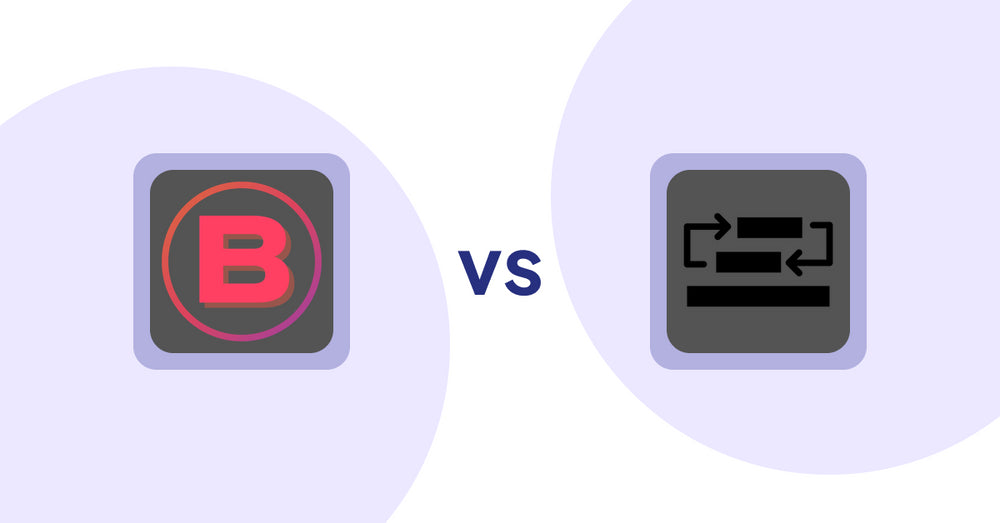
Shopify Product Display Apps: Banter Stories vs Sortyfi Collection Merchandise
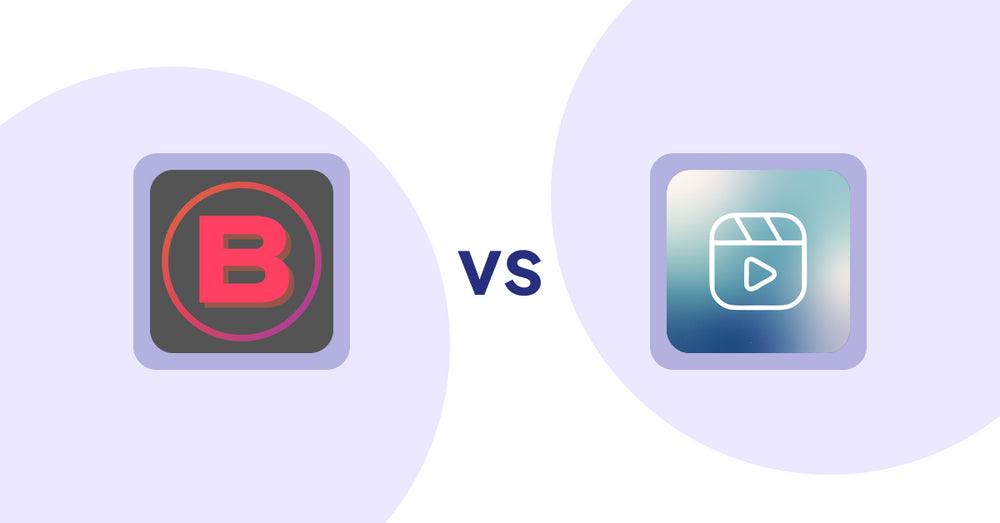
Shopify Product Display Apps: Banter Stories vs. Reelify ‑ Shoppable Reel Video
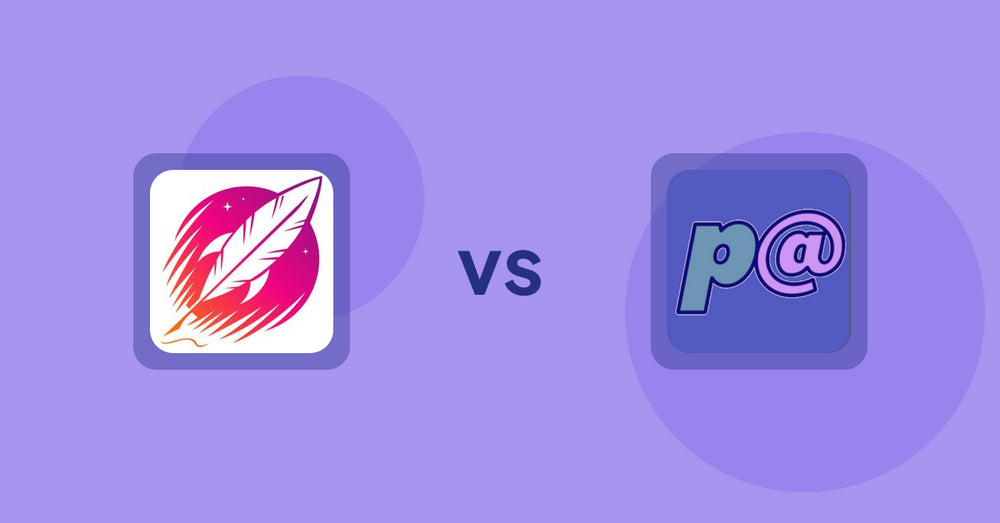
Shopify Product Display Apps: Wordsmith: Content Generator vs Parameterizer

Shopify Product Display Apps: Wordsmith: Content Generator vs Reelify ‑ Shoppable Reel Video
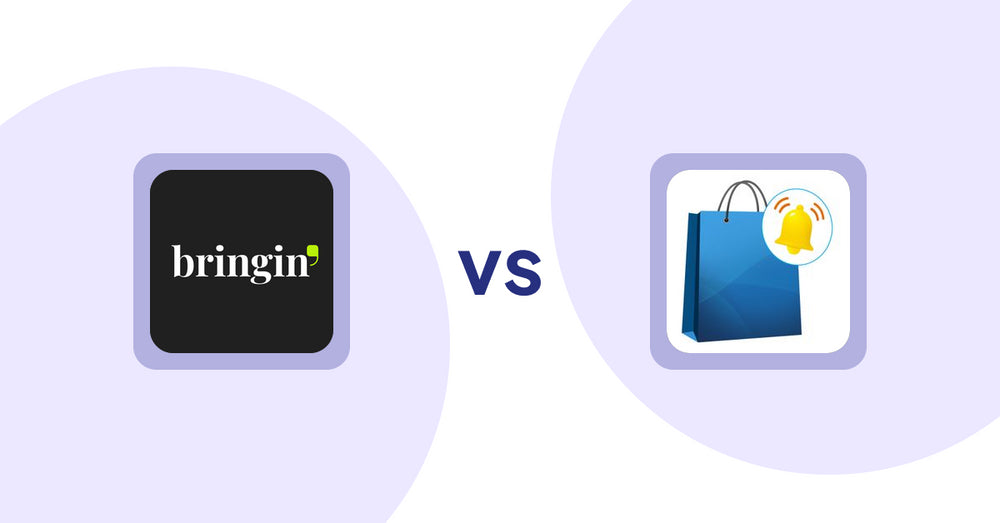
Shopify Product Display Apps: Bringin vs CartBar ‑ Product Purchase Bar
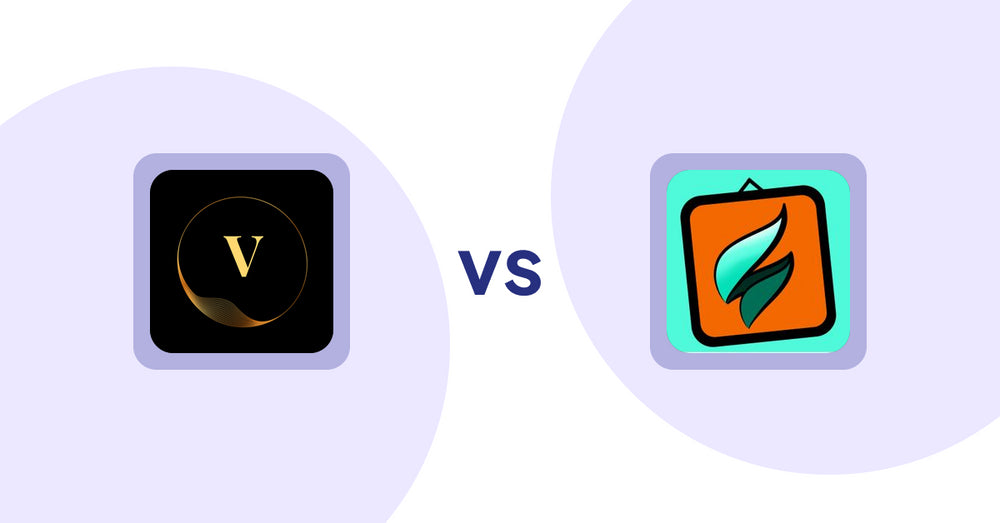
Shopify Product Display Apps: ProductTube vs SMART ‑ Art Product Builder

Shopify Product Display Apps: Xpander vs PDP Star

Shopify Product Display Apps: Xpander vs Banter Stories
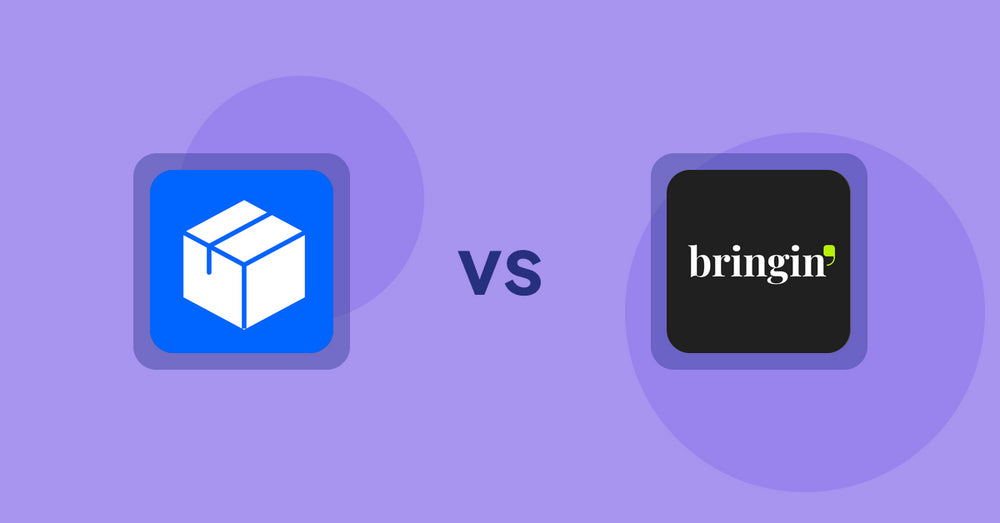
Shopify Product Display Apps: Wonderful Widgets vs Bringin

Shopify Product Display Apps: BookE - Rent Property & Service vs Metadrob: Create Virtual Store
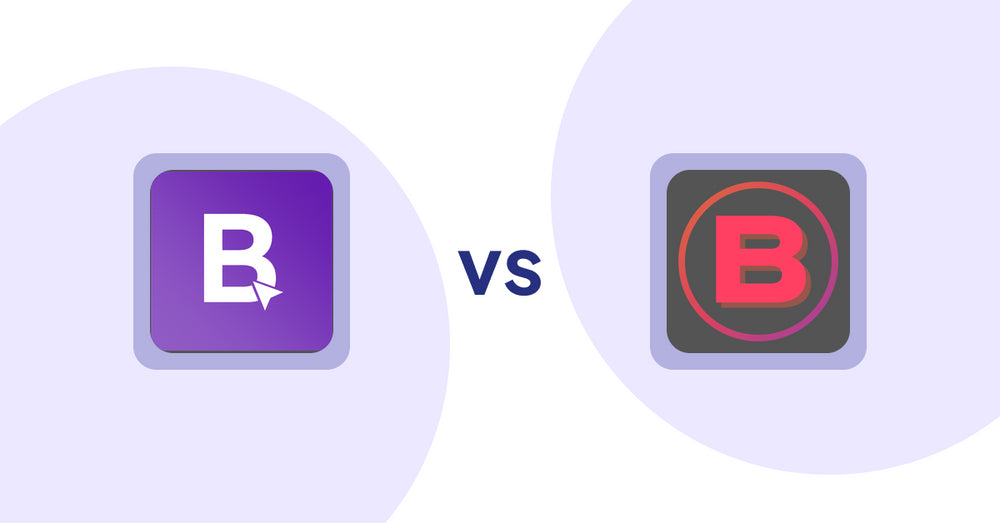
Shopify Product Display Apps: BookE ‑Rent Property & Service vs. Banter Stories
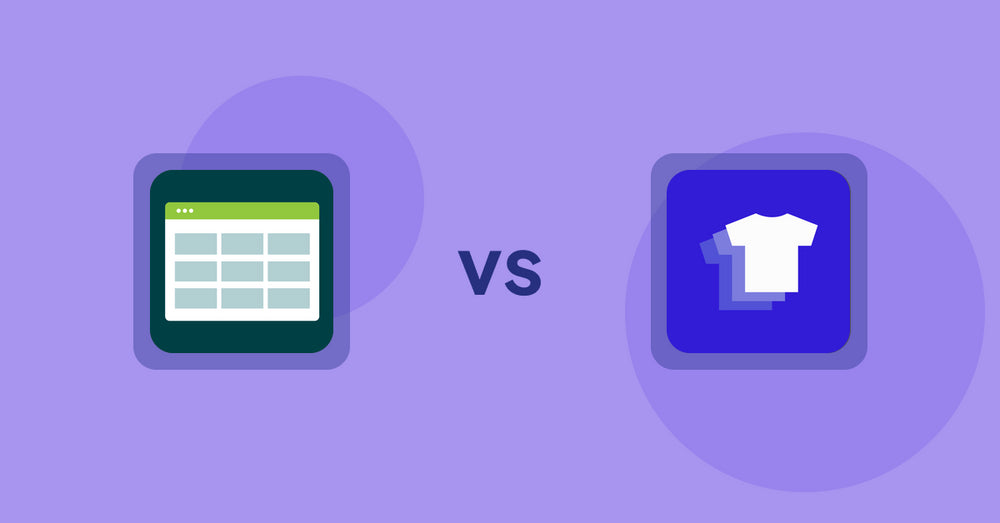
Shopify Product Display Apps: Product Table vs. Xpander
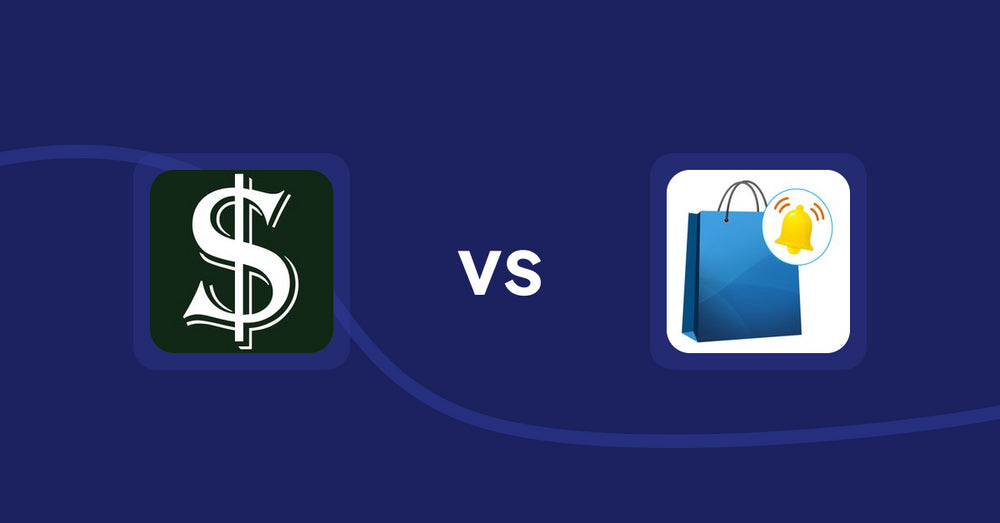
Shopify Product Display Apps: Selling Fast vs CartBar ‑ Product Purchase Bar
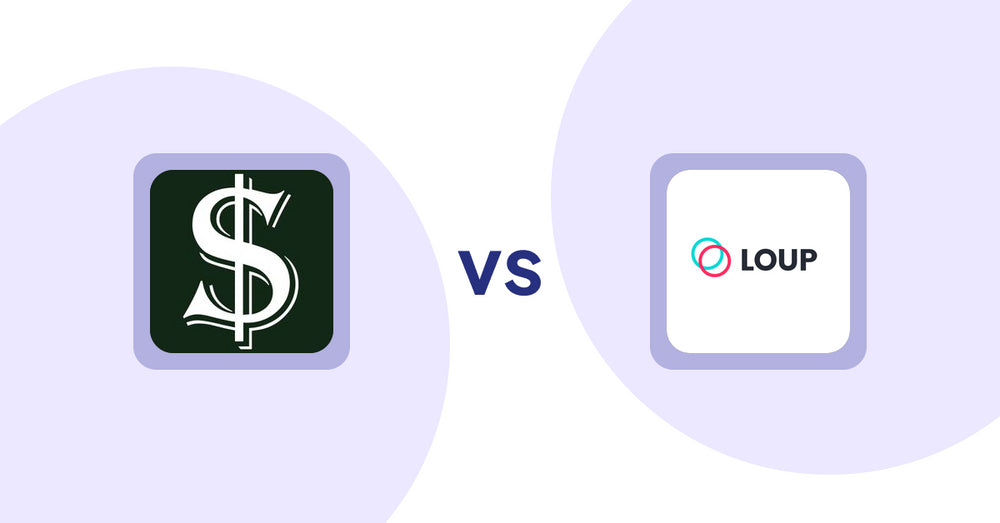
Shopify Product Display Apps: Selling Fast vs. Loup: Sell on Instagram
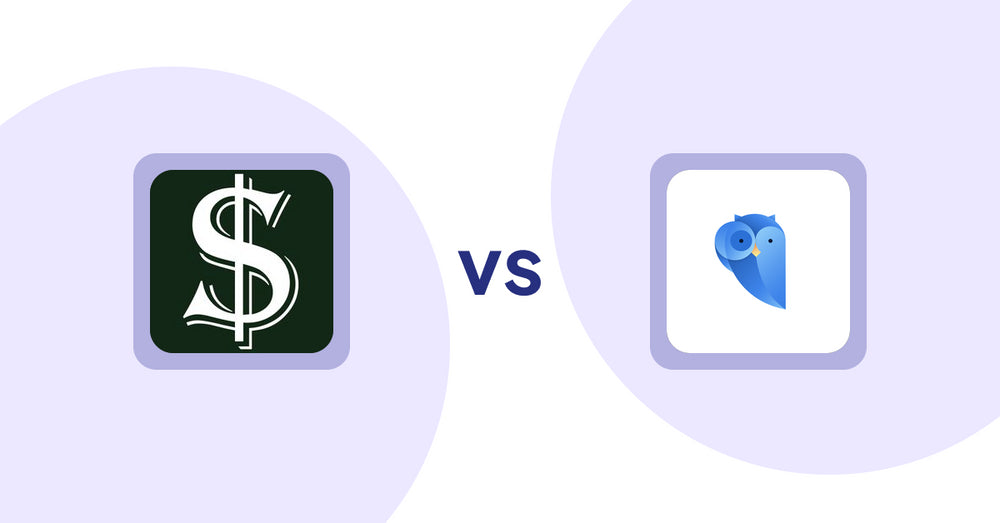
Shopify Product Display Apps: Selling Fast vs. Findify Search & Merchandise

Shopify Product Display Apps: Selling Fast vs. Aiuta
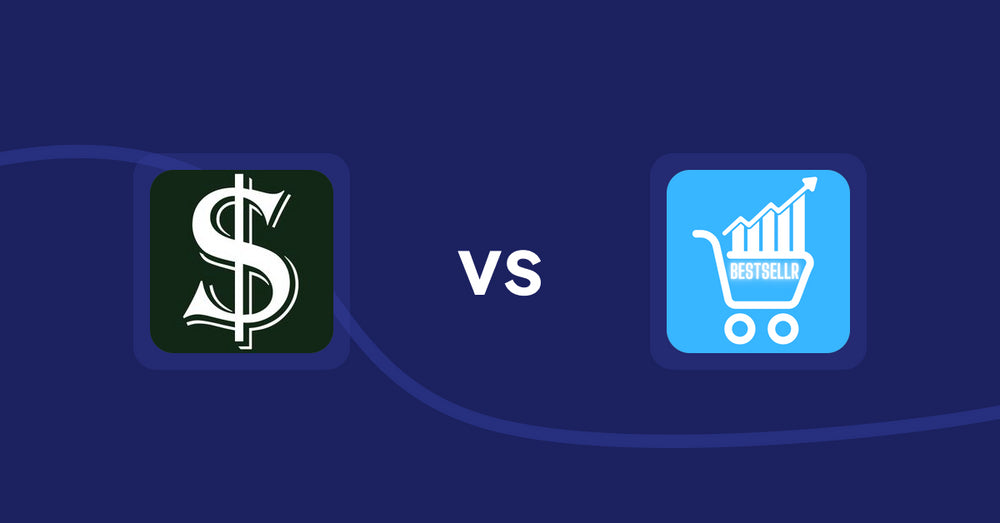
Shopify Product Display Apps: Selling Fast vs Bestsellr

Shopify Product Display Apps: Selling Fast vs ProductTube
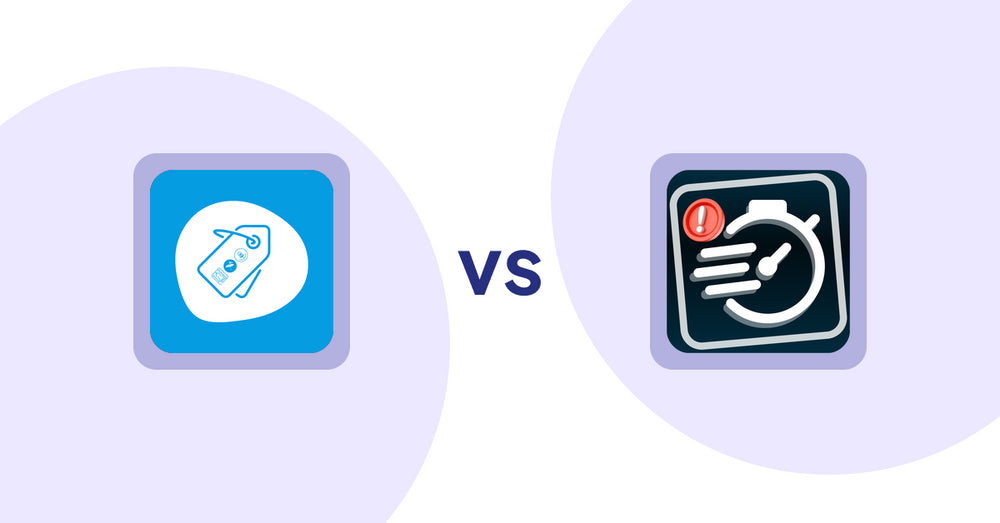
Shopify Product Display Apps: Extendons Product Tag Images vs Urgency! Low Stock Counter
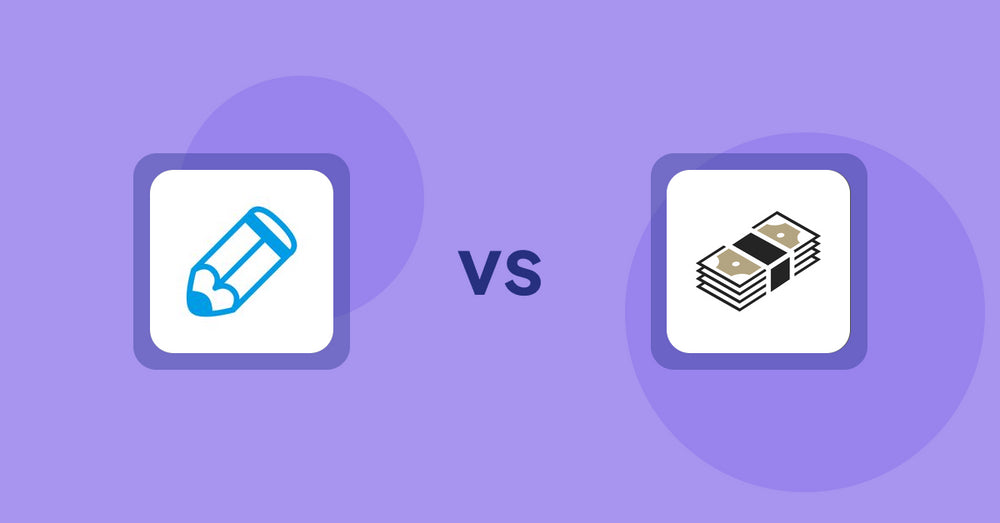
Shopify Product Display Apps: Writer Sofia vs シンプルクラウドファンディング|お手軽自社クラファン
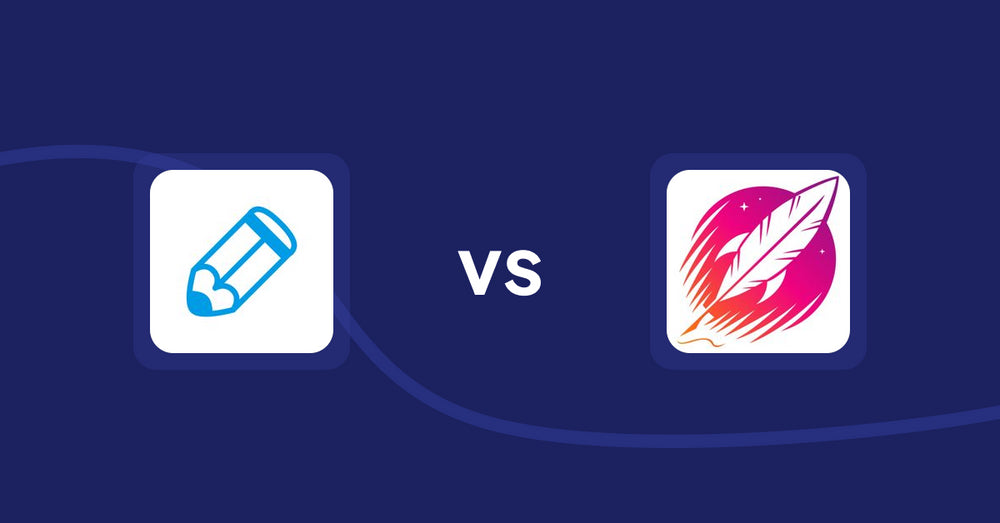
Shopify Product Display Apps: Writer Sofia vs Wordsmith: Content Generator
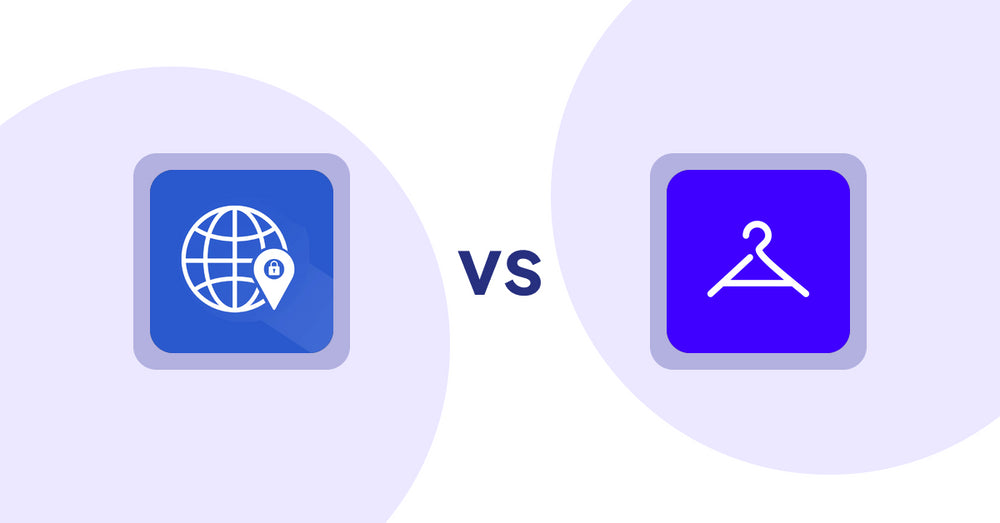
Shopify Product Display Apps: Addify ‑ Country Restrictions vs Aiuta
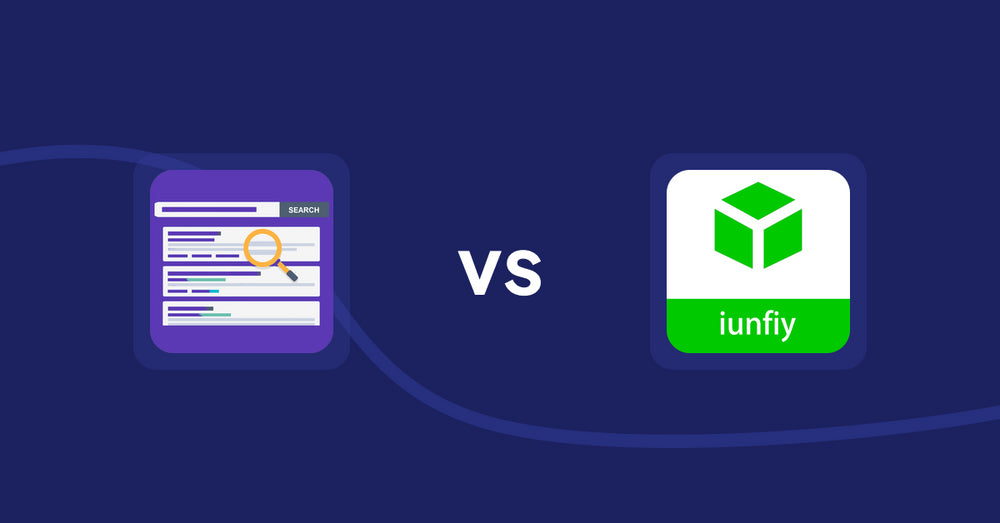
Shopify Product Display Apps: Spark AI Products Description vs iunfiy • Related Products

Shopify Product Display Apps: BeUnico vs Loup: Sell on Instagram
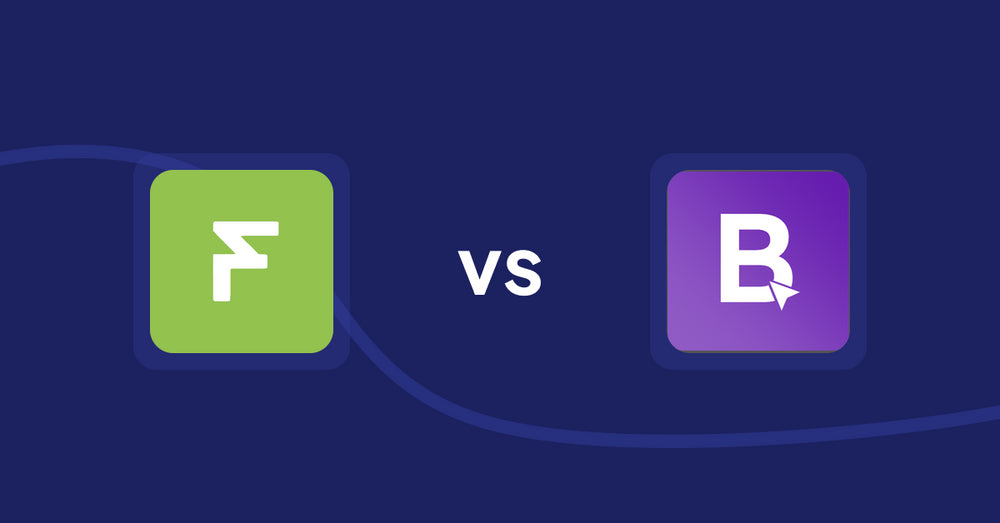
Shopify Product Display Apps: Easy Estimate Shipping vs BookE ‑Rent Property & Service
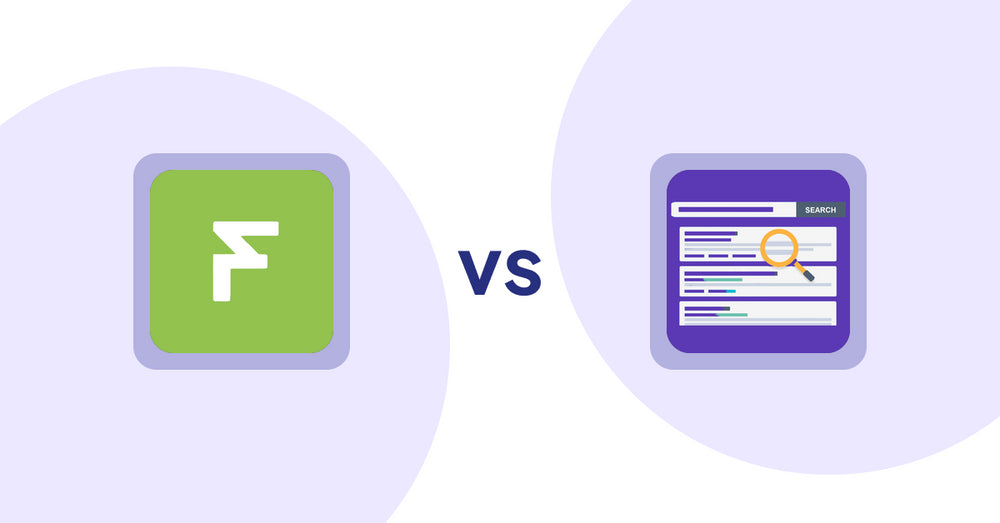
Shopify Product Display Apps: Easy Estimate Shipping vs. Spark AI Products Description
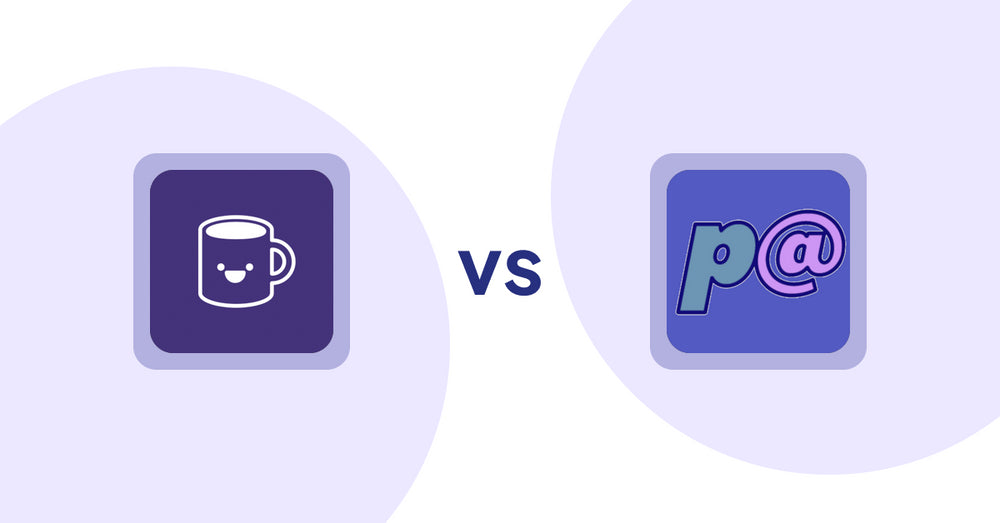
Shopify Product Display Apps: Mugshot Bot vs Parameterizer

Shopify Product Display Apps: Peftrust vs. Wordo ‑ ChatGPT AI Description

Shopify Product Display Apps: Quick Product Navigator Slide vs Reelify ‑ Shoppable Reel Video

Shopify Product Display Apps: Quick Product Navigator Slide vs. UR: Smart Ranking

Shopify Product Display Apps: Eazy Specification Tags Table vs Agile Attachments
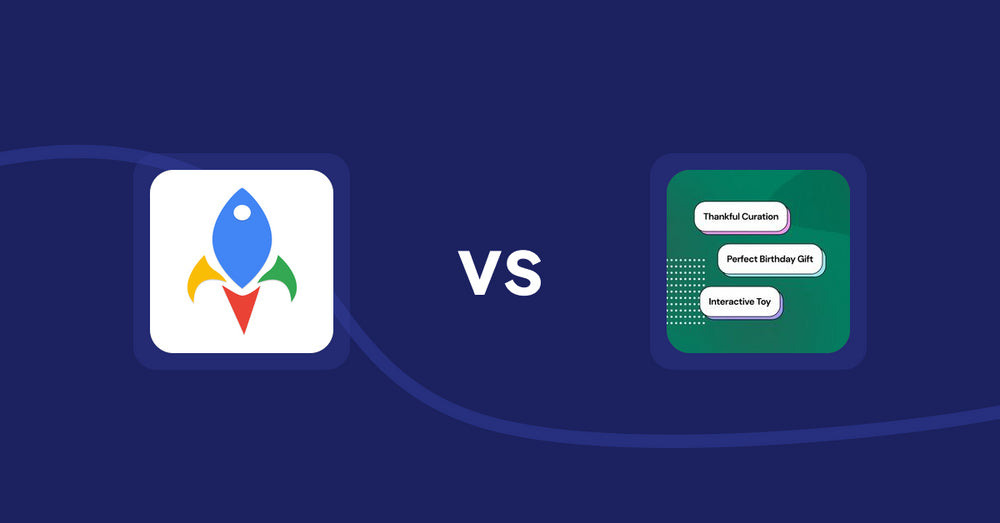
Shopify Product Display Apps: Jedi Back In Stock Admin Alert vs FeatureFrame ‑ Pretty Product
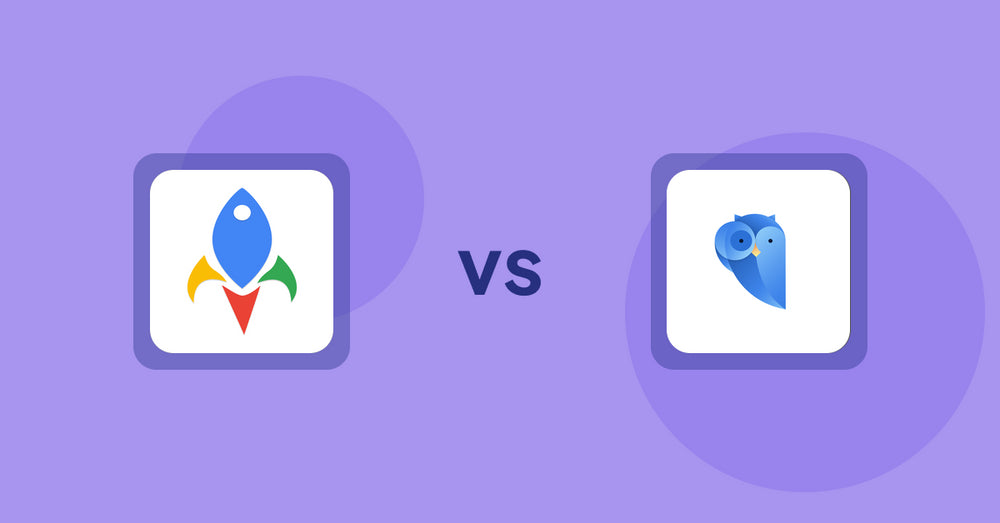
Shopify Product Display Apps: Jedi Back In Stock Admin Alert vs. Findify Search & Merchandise
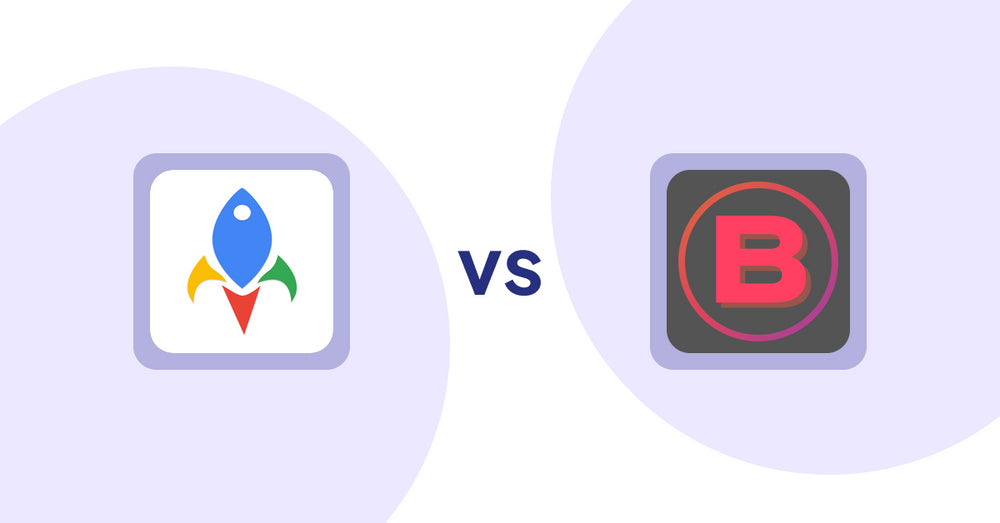
Shopify Product Display Apps: Jedi Back In Stock Admin Alert vs Banter Stories






